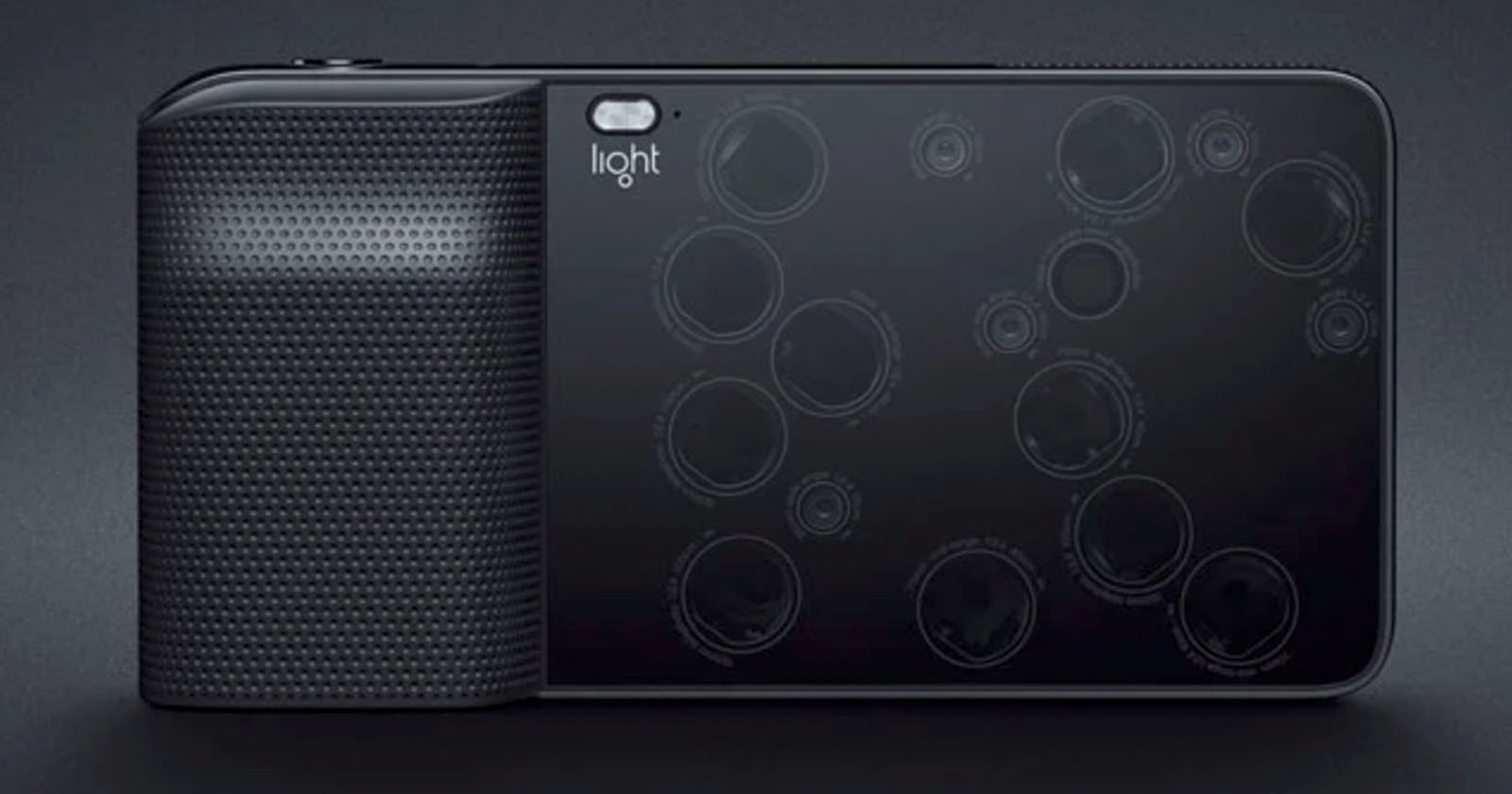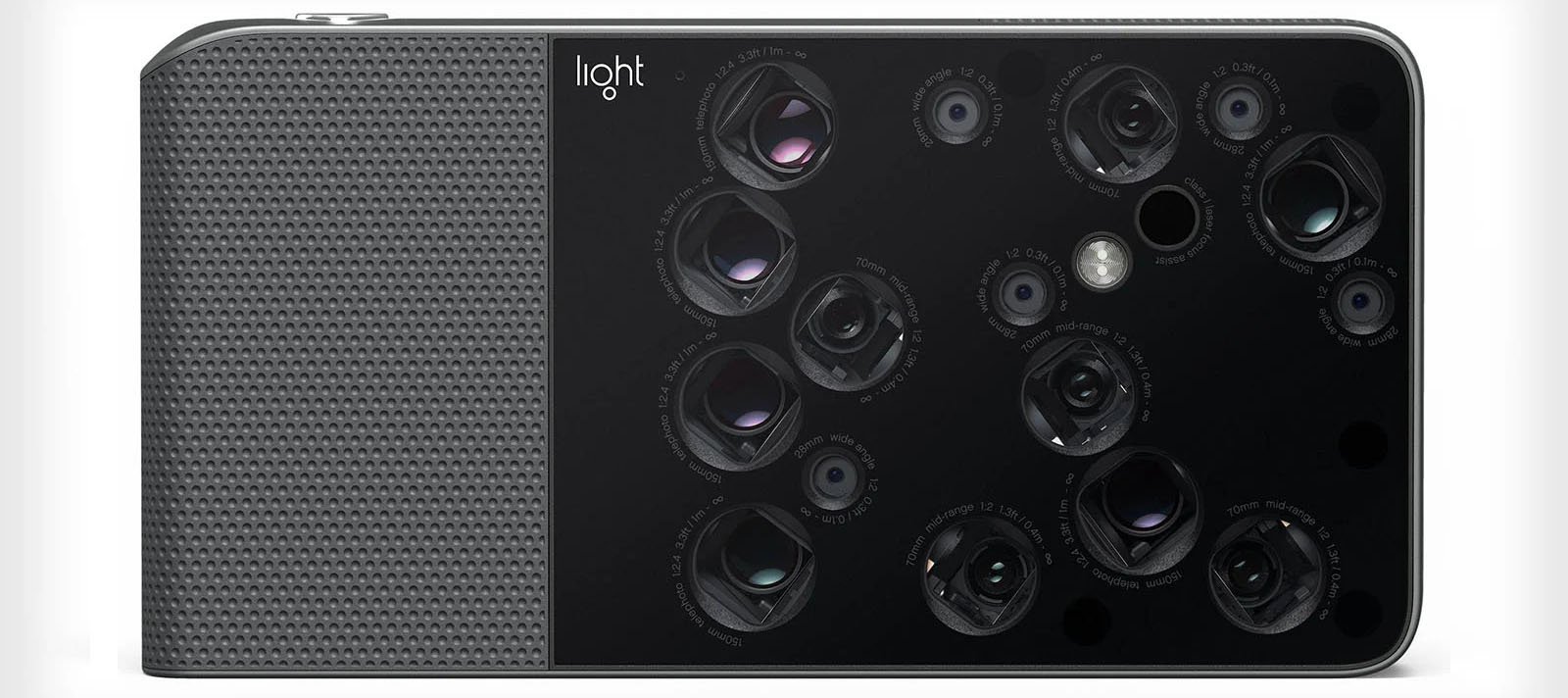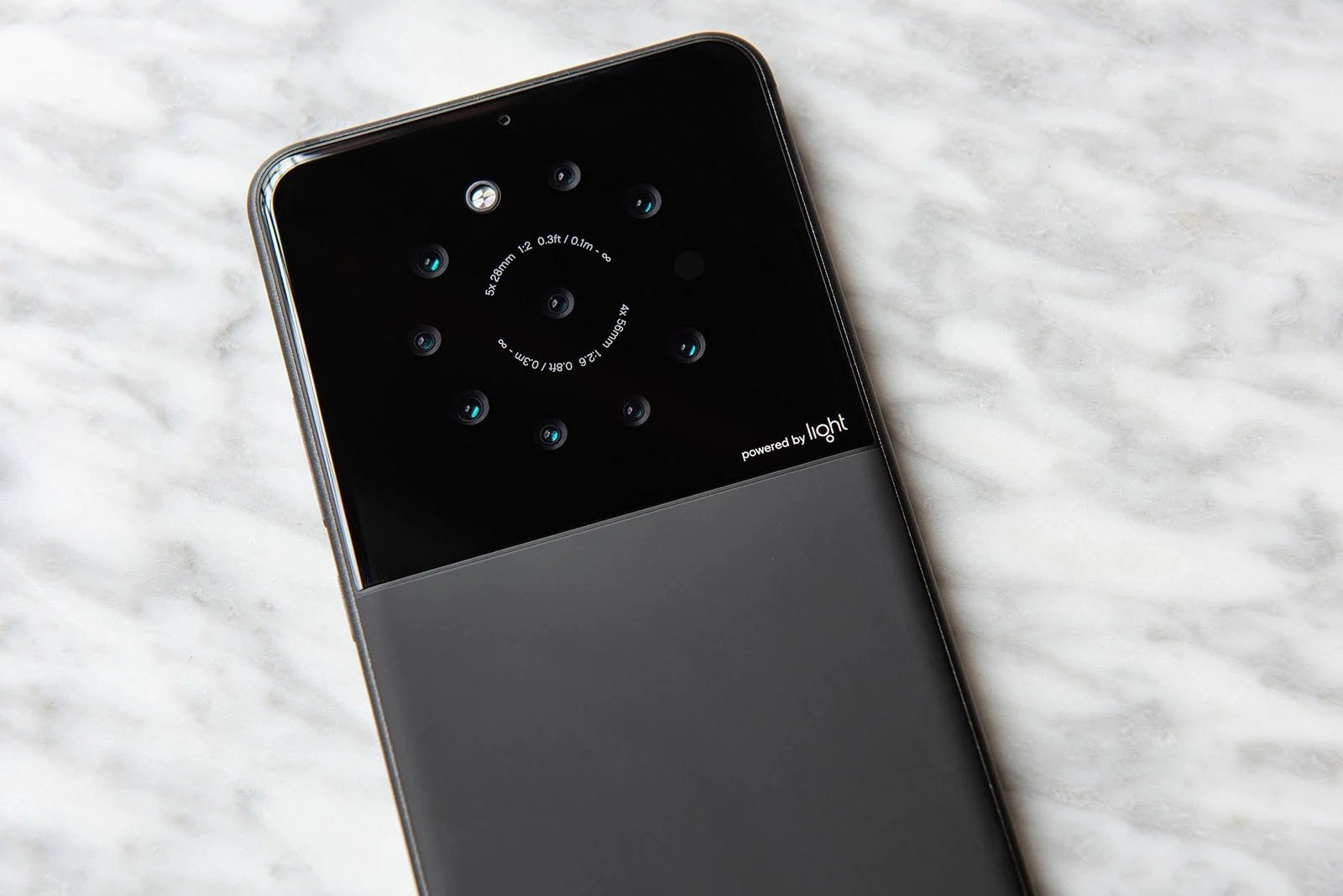The Light L16 Camera Delivered Too Little, Too Late, for Too Much Money
![]()
“Krazy” Ken at the YouTube channel Computer Clan has made an excellent, detailed video on the infamous Light L16 camera.
First announced in 2015 by camera startup Light, the 52-megapixel point-and-shoot camera earned its creators tens of millions of dollars in investments before the L16 finally reached customers in 2017 — for nearly $2,000 a pop, no less. Unfortunately, the wait wasn’t worth it, and the L16’s performance proved underwhelming once the camera made its way into the real world.
In 2020, after receiving even more funding, including a massive $121 million injection from Leica and others in 2018, Light ended its ambitious dreams to revolutionize photography.
Ken’s video above does an excellent job detailing Light’s history and the L16 camera, including its numerous hardware and software failings and unsettling appearance. Rather than retreading the same territory here, it is better to offer a sort of post-mortem on not only the L16 camera itself but also the “why” of the camera and, ultimately, why it failed.
It is challenging to transport back to the camera landscape of 2015, back when Sony still made DSLR cameras, Canon launched many PowerShot compact cameras, the Nikon 1 series still existed, and Apple was only on the iPhone 6 and 6s series. However, an interview between Imaging Resource’s founder and Light co-founder Dr. Rajiv Laroia, Light’s former Chief Technical Officer, serves to hammer home not just what Light aimed to achieve, but the photography situation it believed it was entering.

It is easy to sit here in 2023 and see some of the reasons why the Light L16 failed. However, Light was not just another startup that popped up, made bold claims, and vanished, although it did, ultimately, vanish. The company’s co-founders, Laroia and CEO Dave Grannan, have lengthy and impressive resumes. Grannan was instrumental in developing the voice assistant that became Siri, and Laroia pioneered 4G/LTE cellphone technology. They are brilliant people who have achieved a lot in technology.
However, their approach to photography was bold, even by the standards of tech mavericks. In that Imaging Resource interview, Laroia claimed that full-frame DSLR cameras would die by 2025. As it so happens, he will be mostly correct, but only because full-frame mirrorless cameras are the full-frame ILC of choice these days. That is not what Laroia meant when he made that doomsday prediction for DSLRs; he meant that Light would dismantle the demand for full-frame image sensors.

The Light L16, and really, the company Light itself, was formed from the idea that someone wants DSLR-quality photography but doesn’t want to carry a large camera with numerous different lenses. The L16 can replace many lenses at once by arraying a bunch of image sensors and different lenses on its slab-like body. Of course, that relies on sophisticated software to process and combine image files from multiple camera modules.
Ultimately, the software was part of the L16’s undoing, as it simply did not work as well as needed for the L16 to deliver on its promises. However, arguably, the bigger issue is that Light tried to solve a problem — poor smartphone image quality — with a very expensive, clunky product while at the same time, smartphone makers chipped away at making smartphone photos better through improved sensor design, better optics, and most importantly, computational photography.

The Light L16 did not make a good first impression when it arrived in 2017, and as Ken says, there is no second chance to make a first impression. However, the L16’s lackluster performance is not solely responsible for Light’s eventual collapse.
The ushering in of compact APS-C and full-frame mirrorless cameras with excellent image quality and the continued improvements of smartphone camera systems took turns hammering the nails on not only the L16’s coffin but the coffins of nearly all compact point-and-shoot cameras, almost all of which cost way less than the L16 and still failed.
Image credits: Featured image courtesy of Computer Clan on YouTube